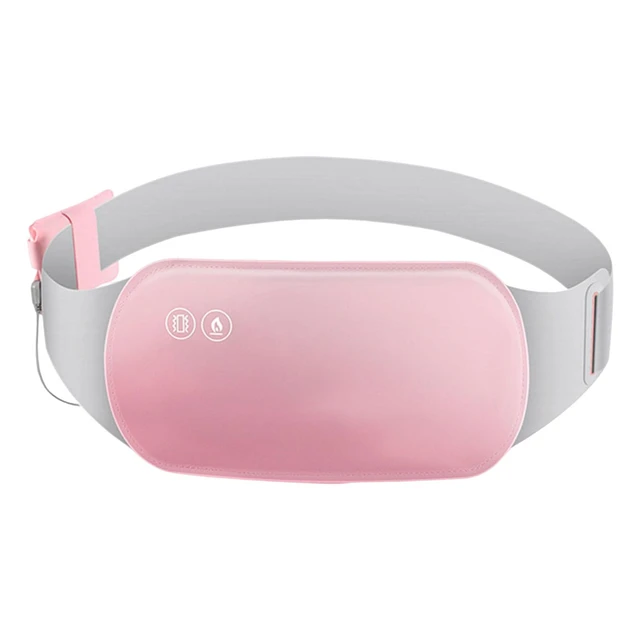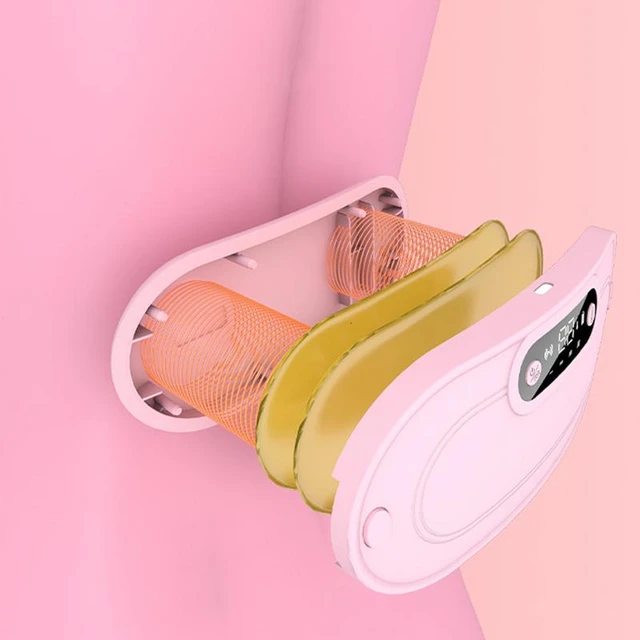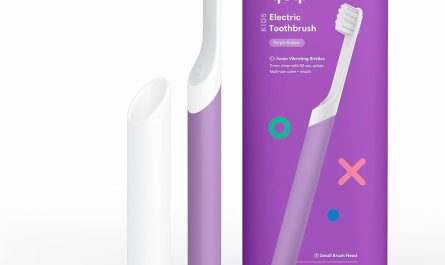Introduction
Heating pads are commonly used for pain relief and relaxation, offering soothing warmth to targeted areas of the body. While heating pads are generally safe to use when proper precautions are followed, there is a risk of burns if they are used improperly or for extended periods. Understanding the signs and symptoms of burns from heating pads is crucial for prompt identification and appropriate treatment. In this guide, we will explore the characteristics of burns caused by heating pads, including their appearance, severity, and necessary steps for healing and prevention.

What do burns from heating pad look like?
Types of Burns
1.1. First-Degree Burns
First-degree burns, also known as superficial burns, are the mildest form of burns. They typically affect only the outermost layer of skin (epidermis). These burns are characterized by redness, pain, and mild swelling.
1.2. Second-Degree Burns
Second-degree burns, also called partial-thickness burns, affect both the epidermis and the underlying layer of skin (dermis). These burns may appear red, blistered, swollen, and painful.
1.3. Third-Degree Burns
Third-degree burns, also known as full-thickness burns, damage all layers of the skin and may extend into the underlying tissues. They often appear white, brown, black, or charred and can be accompanied by numbness due to nerve damage.

Signs and Symptoms of Burns from Heating Pads
2.1. Redness and Discoloration
Burns from heating pads may initially appear as reddened or discolored areas on the skin. The intensity of redness may vary depending on the severity of the burn.
2.2. Swelling and Blisters
In more severe cases, burns from heating pads can cause swelling and the formation of blisters. Blisters may be filled with clear fluid or blood, depending on the extent of the burn.
2.3. Pain and Sensitivity
Burns from heating pads can cause pain and increased sensitivity in the affected area. The degree of pain experienced may vary depending on the severity of the burn.
2.4. Skin Texture Changes
Burned skin may experience texture changes, such as becoming dry, rough, or peeling. In more severe cases, the skin may become charred or leathery.
Immediate Treatment for Burns from Heating Pads
3.1. Stop Heat Exposure
If you suspect a burn from a heating pad, immediately remove the heating pad from the affected area to prevent further injury and minimize heat exposure.
3.2. Cool the Burn
Rapidly cool the burn with cool (not cold) running water for at least 10-20 minutes. Do not use ice or icy water, as extreme cold can further damage the burned tissue.
3.3. Avoid Home Remedies
Avoid applying home remedies such as butter, oils, or toothpaste to the burn, as these can interfere with proper healing and increase the risk of infection.
3.4. Cover the Burn
Once the burn has been cooled, cover it with a sterile, non-stick dressing or a clean cloth to protect it from further contamination.

Seeking Medical Attention
4.1. Assessing Burn Severity
If a burn from a heating pad is severe, covers a large area of the body, or exhibits signs of infection, seek immediate medical attention. Medical professionals can assess the severity of the burn and provide appropriate treatment.
4.2. Treating Second- and Third-Degree Burns
Second- and third-degree burns generally require medical attention. These burns may require specialized wound care, debridement (removal of dead tissue), or skin grafting to facilitate healing.
Healing and Recovery
5.1. Promoting Healing
To promote healing, keep the burn clean and dry. Avoid picking at or popping any blisters that may have formed. Applying a non-stick dressing or sterile gauze can protect the burn while allowing air to circulate.
5.2. Pain Management
Over-the-counter pain relievers, such as acetaminophen or ibuprofen, can help manage pain associated with burns. Follow the recommended dosage instructions and consult a healthcare professional if necessary.
5.3. Avoiding Infection
Monitor the burn for signs of infection, such as increased redness, swelling, warmth, or pus. If infection is suspected, seek medical attention for appropriate treatment.
5.4. Scar Prevention
Proper wound care and keeping the burn moisturized can aid in minimizing scarring. Consult a healthcare professional for recommendations on scar prevention products or techniques.

Preventing Burns from Heating Pads
6.1. Follow Manufacturer’s Instructions
Read and follow the manufacturer’s instructions provided with the heating pad to ensure proper use and safety precautions.
6.2. Monitor Duration of Use
Limit the duration of heating pad use to the recommended time frame. Prolonged exposure to heat can increase the risk of burns.
6.3. Temperature Control
Use heating pads with adjustable temperature settings and start at a lower heat setting. Gradually increase the temperature to a comfortable level, avoiding excessively high temperatures.
6.4. Regular Inspection
Regularly inspect the heating pad for any signs of wear or damage, such as frayed cords or exposed wires. Replace any worn-out heating pads to maintain safety.
Special Considerations for Children and Vulnerable Populations
8.1. Extra Caution for Children
When using heating pads on children, it is important to exercise extra caution due to their sensitive skin. Use lower temperature settings and closely monitor the duration of use to prevent burns.
8.2. Elderly and Individuals with Reduced Sensation
Elderly individuals or those with reduced sensation, such as those with diabetes or neuropathy, may have a diminished ability to sense heat and pain. Consequently, they may be at a higher risk of burns. Extra care should be taken when using heating pads on these individuals to prevent overheating and burns.
8.3. Consult a Healthcare Professional
If you have any concerns or questions regarding the use of heating pads on children, the elderly, or individuals with pre-existing medical conditions, consult a healthcare professional for personalized advice and guidance.
When to Avoid Using Heating Pads
9.1. Open Wounds or Broken Skin
Avoid using heating pads on open wounds, cuts, or broken skin as this can increase the risk of infection and delay healing.
9.2. Inflammatory Conditions
If you have an inflammatory condition, such as rheumatoid arthritis or dermatitis, consult a healthcare professional before using a heating pad to ensure it is appropriate and will not exacerbate the condition.
9.3. Pregnancy
Pregnant individuals should consult their healthcare provider before using a heating pad, as excessive heat exposure can be harmful to the developing fetus.

Conclusion
Burns from heating pads can range from mild to severe, with symptoms including redness, swelling, blistering, and changes in skin appearance and texture. Promptly cooling the burn, seeking medical attention when necessary, and practicing proper wound care are essential for healing and preventing complications. Following safety guidelines, monitoring duration of use, and maintaining heating pads in good condition can help prevent burns. If burns from heating pads occur, immediate treatment and appropriate medical attention should be sought to ensure optimal healing and recovery. By understanding the signs, symptoms, and treatment of burns from heating pads, individuals can safely enjoy the benefits of these devices and protect their skin from unnecessary harm.


